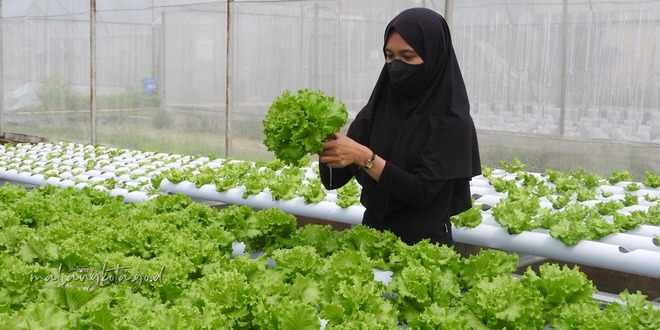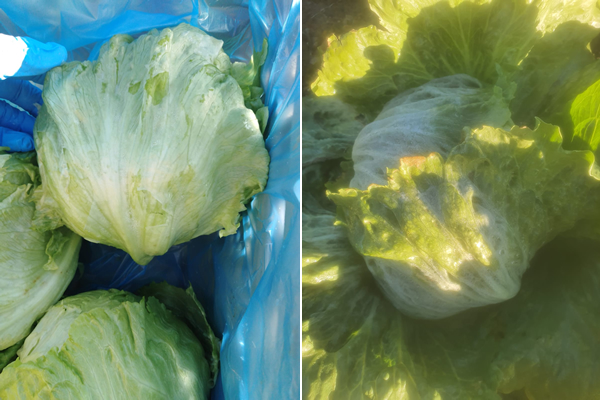#Hydroponicfarming #Agriculture #Vegetablefarming #Sustainableagriculture #Rainyseasonfarming #Marketdemand #Climateresilience #Foodsecurity
In recent years, hydroponic farming has gained traction globally due to its efficiency and sustainability. According to data from the Food and Agriculture Organization (FAO), the global hydroponic vegetable market is projected to reach $12.1 billion by 2026, growing at a CAGR of 6.4% from 2021 to 2026. This surge in market value is attributed to the increasing demand for pesticide-free, fresh produce, especially in urban areas where space for traditional farming is limited.
Miranda’s experience reflects a broader trend in the agricultural industry. The ability of hydroponic systems to control environmental factors such as water, light, and nutrients makes them resilient against weather challenges like heavy rainfall and pest infestations. As a result, hydroponic farms can maintain consistent yields even during adverse weather conditions, ensuring a steady supply of fresh produce to meet market demands.
Miranda’s success story underscores the potential of hydroponic farming as a sustainable solution for modern agriculture, particularly in regions prone to erratic weather patterns. By harnessing innovative farming methods, farmers and agricultural stakeholders can not only mitigate the impact of climate change but also contribute to food security and economic development.












